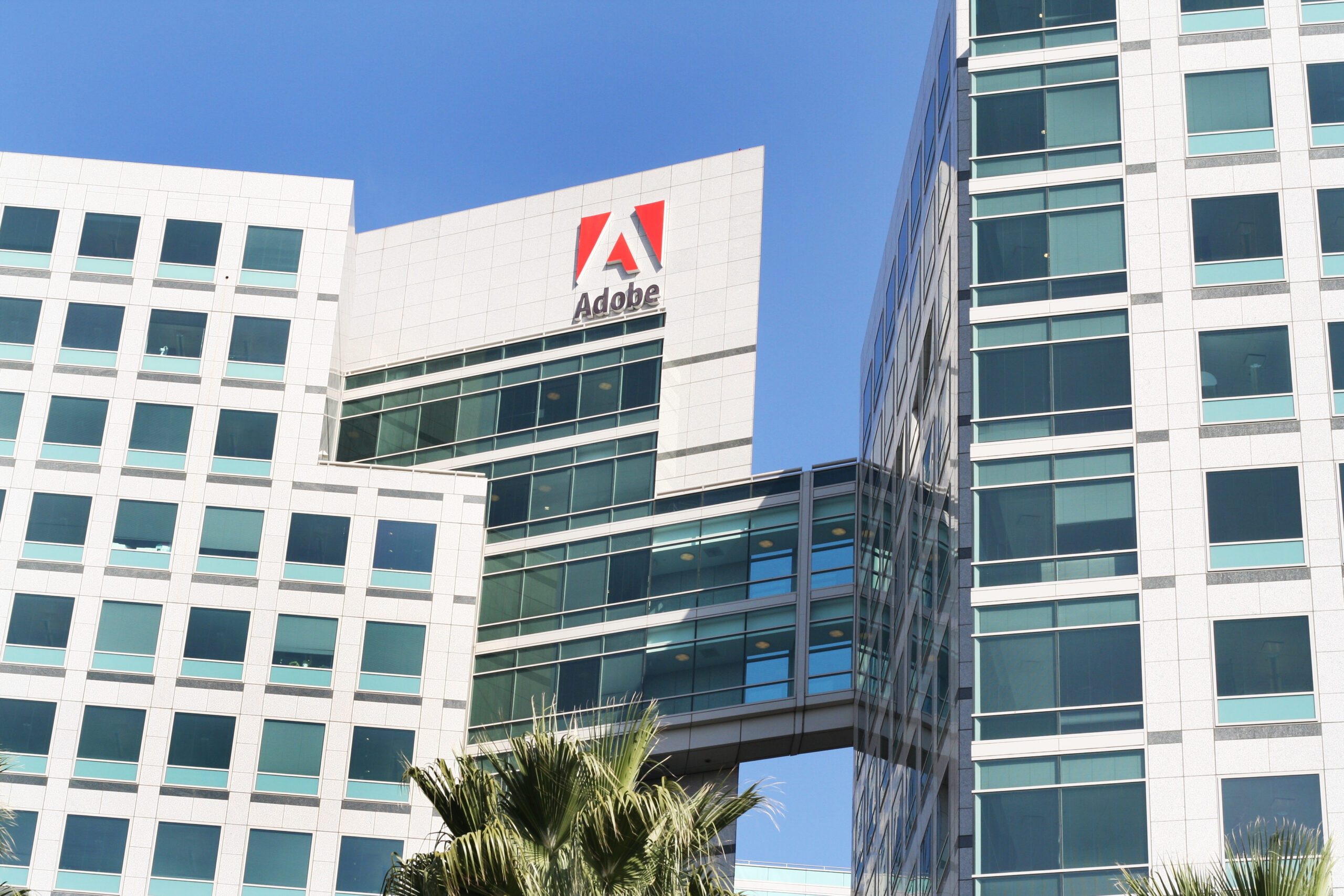Adobe’s high-priority emphasis on inclusion for disabled employees is a DE&I highlight for the company
Strategies for inclusion include innovative training for employees and product-design teams and a seat at the table in corporate decisions.

In the tech sector it’s typical for employees to jump ship every three to five years. But Rani Mani, head of employee advocacy at Adobe, recently celebrated 13 years with a company she says makes her feel “seen, valued, and appreciated.”
Mani, who lives with a disability, is also the executive chair of Adobe’s employee resource group for disabled and injured employees, called Access Adobe. The San Jose, California-based company employs 22,000 workers globally, 1,000 of whom regularly attend Access Adobe events.
“The disabled community, I think we have this inherent kind of intuitive creativity and ingenuity because we’ve had to come up with a bunch of life hacks,” Mani says. “Merely by virtue of the fact that we’ve had to learn how to navigate a world that’s really not designed for our bodies. Given that, we need to be seen and treated as assets. I feel like that’s been my experience here at Adobe, and I don’t believe that’s the experience in the industry.”

So how does Adobe create inclusion around disability? There are six guiding principles.
- It leverages its employee resource group when making policy decisions
- Its leadership actively supports ERG efforts
- It partners with disability-focused third parties to hold itself accountable
- It encourages allyship
- It incorporates disabled employee perspectives into product design
- It trains managers to lead with empathy
Strategy for inclusion
Adobe’s strategy for diversity, equity and inclusion became a major priority about five years ago, says Mani, especially around recruiting talent. Adobe’s definition of a disabled person includes those who are injured, even if just temporarily. Mani says injured people are just one or two “missteps” away from being disabled. Adobe also covers “invisible” disabilities, like ADHD.
Its Access Adobe ERG is open to anyone, including caregivers. Hybrid teams are used across the organization to create a cohesive inclusion culture at Adobe. For example, the talent and acquisition team has a DE&I element that recruits and augments Adobe’s disabled community pipeline of talent. There are also heads of product accessibility and inclusive design.
“I wouldn’t want disability inclusion to be the charter of any one person or any one team,” says Mani. “It’s really baked into pretty much everything we do across the company.”
Adobe leadership also plays a role in supporting all employee networks. Each ERG has an executive chair, an executive sponsor, and a leadership team to liaise between employees and leadership.
Adobe’s chief people officer and executive vice president of employee experience, Gloria Chen, uses listening tours of the ERGs to learn how she can meet employee needs.
The wellness team provides communications around the benefits available to disabled employees, including ergonomics and work-schedule flexibility. It uses newsletters, email, video, dedicated pages on the intranet, an employee resource center hotline, and “lunch-and-learns” to answer questions and get feedback from disabled employees.
Building empathy
Adobe has invested in building empathy through story-telling and manager training, which Mani believes has resulted in greater understanding among her fellow employees.
Annually, Adobe celebrates Disability Awareness Month in October and holds an “Adobe for All” inclusion event in September. Employees share personal stories and engage in panels at these events, including members of the Access ERG. Mani says the impact is tremendous. “It’s really relatable to see people be that vulnerable and talk about where they’ve been and where they’re going and what helped them get there,” she says.
Last year’s Disability Awareness Month events featured an external influencer, Peter Shankman, whose podcast focuses on his experience with ADHD. The events tend to focus on education and raising awareness, but this year’s events, which are still in the planning stage, may focus more on fundraising.
Mani believes it will continue to use the power of story-telling. “We want to piggyback on what’s being done across the industry,” she says. “It seems like the real focus is on the future of work and how disability plays a role in that. How can we help define and shape the future of work? Part of that is going to be training around etiquette and language.”
Almost a decade ago, Adobe created a Blue Belt Academy, an internal accessibility training program. Its original intent was to show testers and engineers how to build inclusive technology. It has since extended into a global training program for multiple teams. Adobe also has general-management training that has a DE&I component whose end goal is to strengthen inclusion. This training is for all levels of leadership at Adobe.
Shaping the future of work
Working from home because of a need for flexibility isn’t new to the disabled community, Mani says. “For once, I feel like this community had a leg up on the rest of the world in that this has been our normal forever,” she added. “Certainly in the pandemic, the psychological safety and financial duress added several layers to it, but the notion of working in a hybrid environment, working remote, none of that was new.”
Adobe polled its ERGs, including Access Adobe, to gauge the needs of employees while planning its return-to-work strategy. Mani says the polling results were built into the re-entry plan and helped disabled and injured employees feel like they had a seat at the table.
Adobe validated the needs of this employee population when it supported hybrid work, embraced a digital mindset, subsidized ergonomics, and continued use of mental-health hotlines. Mani says the notion many have is that these resources are tailor-made for disabled employees but in fact they benefit everybody. “Everybody can and probably needs to tap into those things now more than ever,” she says.
Moving forward
Adobe boasts a 78% completion rate for its annual employee survey, showing strong engagement and a sense of belonging. It’s won numerous awards for its disability inclusion efforts, including being named a 2021 Best Place to Work by the Disability Equality Index.
Still, Mani lists several things she’d like to see change for disabled people across the workforce. Many in her community feel like they’re treated as a liability or a burden that needs accommodating, which leads to shame and moments of awkwardness, she says. Changing mindsets to value what the community has to bring to the table is a must.
Also, Mani says she would like to see an investment in the career trajectory of disabled employees, who often feel expectations are low for them across all industries. Recruiting and hiring practices should evaluate their accessibility in all areas, says Mani.
Third, put aside assumptions about a person’s disability and ask questions instead. Simply asking a candidate with disabilities what they need to bring their best self to work every day will produce understanding. “You can’t be what you don’t see, so there’s a need to have people with disabilities at all levels of the company,” she says. “Frankly, that’s my drive to keep going.”
COMMENT
Ragan.com Daily Headlines
RECOMMENDED READING
Tags: Adobe, DE&I, disability, Disabled community, ERG, ERGs, inclusion, Rani Mani, training

